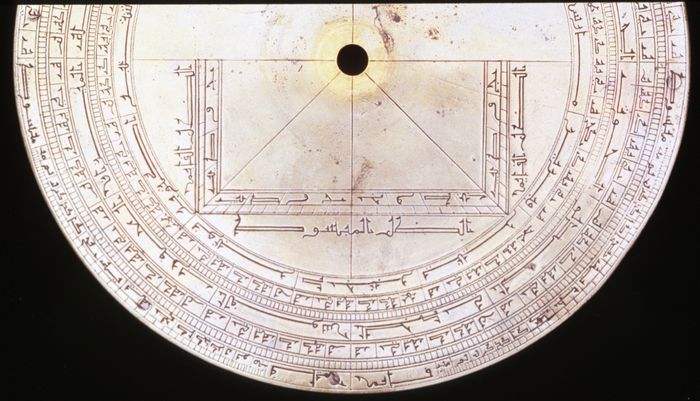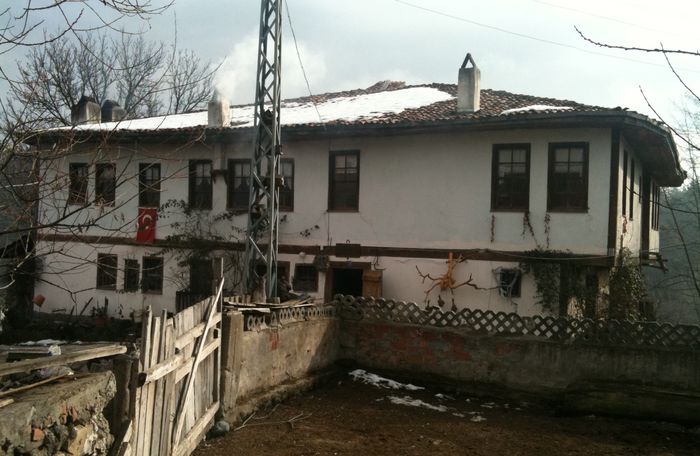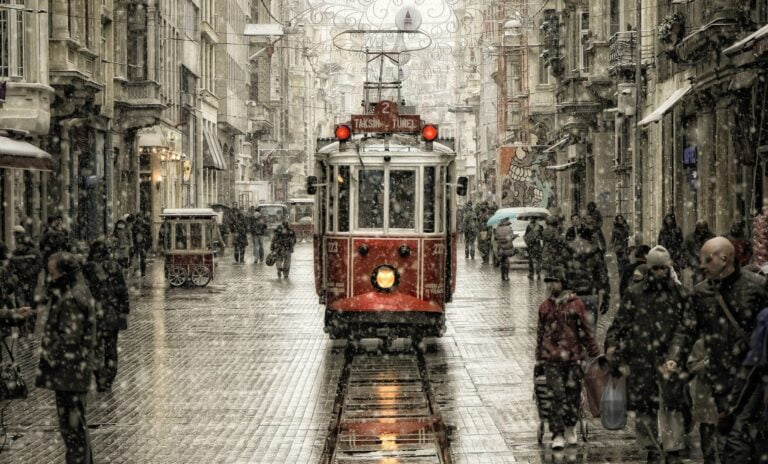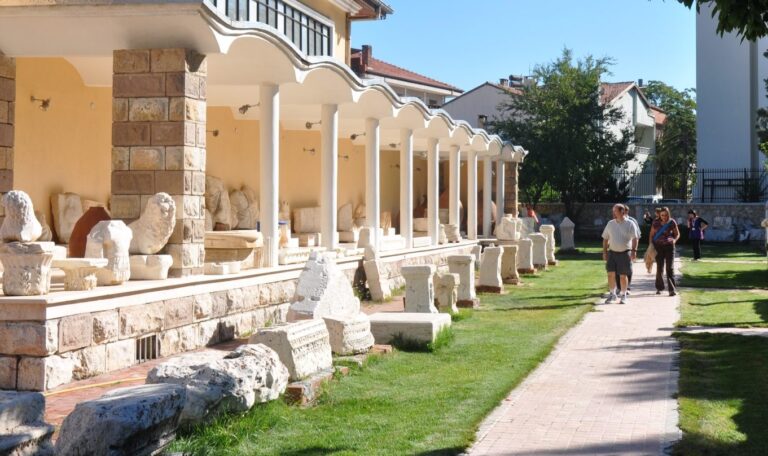Alanya Turquoise Blue meets autumns entirely different experience…
The average air temperature never falls below 19°C here in this town blessed with sunshine 300 days of the year. What`s more, getting there is as easy as pie thanks to Alanya Gazipasa Airport. Just 135 kilometers east of Antalya, Alanya has a history going back thousands of years. Home to the tribes dispersed to Anatolia after the Trojan War, the city was known as Kolodorus, meaning beautiful mountain, in the Byzantine period.
Enjoying a golden age in the medieval period, it grew and developed inside one of Anatolia`s most impressive castles. A small fishing community surrounded by orange orchards until just half a century ago, Alanya today looks like a city where life revolves around tourism. We begin our tour from the Old Town. Rising on a steep headland behind the harbor, Alanya Castle at 250 meters above the sea recalls an eagl`s eyrie. Exactly 33 meters tall, the Red Tower is one of the most imposing aspects of this castle encircled by 6.5 kilometers of defense walls.
At the left end of the tower the stone structure reminiscent of a five-arch bridge is the sole surviving Seljuk dockyard. The interior of the castle is a virtual open air museum with dozens of Roman, Seljuk and Ottoman artifacts standing side by side. The New City meanwhile spreads out in both directions from the headland with the castle. The 70-kilometer coast, stretching from Ulas Burnu right up to the city limits of Gazipasa, forms the main axis of the settlement. But this town is determined not to expand further but to undergo a facelift.
Golden sand beaches
And the buildings freshly repainted in pastel colors have given it a new lease on life. The green areas that cover more than half the township are also carefully tended. But perhaps Alanya`s real attraction is its golden sand beaches. Among the best not just in Turkey but in the entire Eastern Mediterranean, they are designated by the blue flag, international symbol of order and cleanliness.
Rumor has it that the Egyptian Queen Cleopatra even came to these beaches on her private ship. Not only that but the sea at Alanya is also safe for children and non-swimmers since it only begins to deepen some 50 meters from shore. A boat cruise in Alanya`s waters will acquaint you with the mysterious world of sea caves that once provided refuge to pirates. Going inside these caves, which radiate powerful light even in the daytime thanks to the phosphorescent stones on their floors, is an inimitable experience. Who knows? You might even get a chance to spot a Mediterranean seal as you cruise these cave-dotted shores.
The Dim Valley is another of the area`s stunning beauty spots. This earthly paradise covered with forest and rare plant species lies just 15 kilometers from the town. And the stream flowing through it is one of Turkey`s most popular rafting routes. Rustic restaurants take refuge in the shade of century-old plane trees along its banks. Going up into the highlands is another must if you come to Alanya.
Rising to 3,000 meters, the Western Taurus is the home of nomadic communities with traditions going back thousands of years. These Yoruks go up into the mountains every spring to find fresh pasture for their flocks, living in goat hair tents until winter comes and weaving colorful kilims from the wool of their sheep. A large number of travel agents now organize jeep safaris into the highlands, where the air is refreshingly cool on even the hottest summer days.
Read More about Bulgaria private tours Kazanlak









